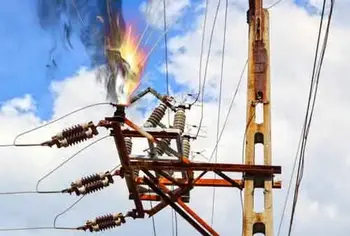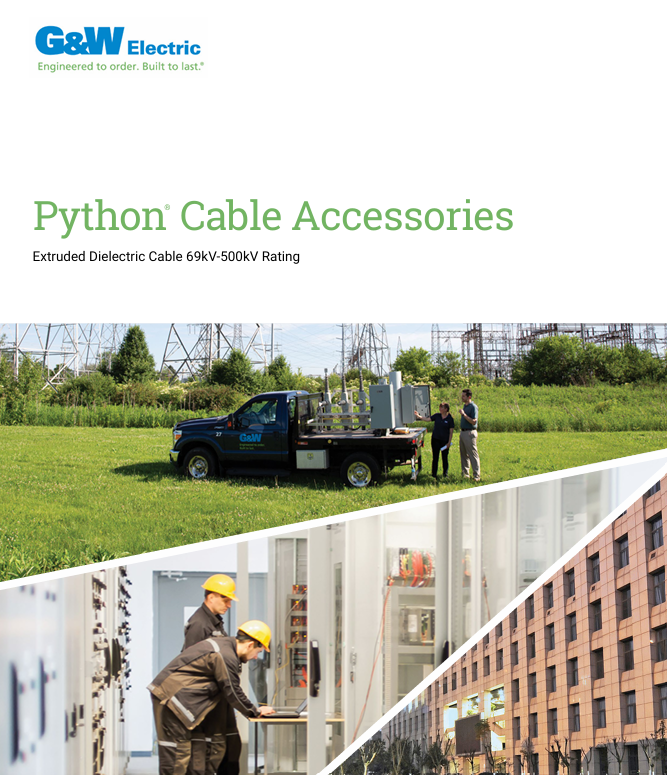Who's Responsible for Protecting You from Arc Flashes?
By R.W. Hurst, Editor

NFPA 70e Training - Arc Flash
Our customized live online or in‑person group training can be delivered to your staff at your location.

- Live Online
- 6 hours Instructor-led
- Group Training Available
Download Our OSHA 3873 Fact Sheet – Minimum Approach Distance and Training Requirements

- Calculate MAD using voltage and overvoltage values
- Ensure proper communication between host and contract employers
- Meet OSHA training requirements for qualified electrical workers
Who is responsible for protecting you from arc flashes? Employers, safety managers, and qualified persons under OSHA and NFPA 70E ensure hazard analysis, arc-rated PPE, training, and lockout/tagout through an electrical safety program.
Who Is Responsible for Protecting You from Arc Flashes?
Employers and qualified persons, under OSHA/NFPA 70E, assess hazards, train workers, and provide arc-rated PPE.
✅ Employer implements electrical safety program, training, and procedures.
✅ Qualified person performs arc flash risk assessment and labeling.
✅ Provide arc-rated PPE, boundaries, and LOTO per OSHA/NFPA 70E.
Understanding Responsibilities in Arc Flash Protection
Arc flash hazards pose significant risks to those working in areas with exposed energized parts. Protecting individuals from these dangers involves a comprehensive approach, including proper training, the use of personal protective equipment (PPE), and adherence to safety regulations. But who is ultimately responsible for ensuring safety from arc flash incidents? For context, an arc flash hazard involves extreme heat, pressure, and light that can injure workers.
Responsibility for Arc Flash Protection
The primary responsibility for protecting workers from electric arc flash hazards lies with the employer. Employers must implement safety-related work practices, provide necessary PPE, and ensure compliance with safety standards such as the NFPA 70E and OSHA standards. The Occupational Safety and Health Administration (OSHA) enforces regulations under 29 CFR, which mandates that employers protect employees from electrical hazards, including arc flashes. Detailed interpretations of OSHA arc flash requirements can guide policy development and training updates.
Employers are also responsible for conducting an arc flash hazard analysis to identify potential risks and determine the appropriate protective measures. This includes evaluating incident energy levels and establishing safety protocols, such as lockout/tagout procedures and electrical safe work practices. Understanding the levels of protection helps match PPE categories to anticipated incident energy.
FREE EF Electrical Training Catalog
Download our FREE Electrical Training Catalog and explore a full range of expert-led electrical training courses.

- Live online and in-person courses available
- Real-time instruction with Q&A from industry experts
- Flexible scheduling for your convenience
Performing Arc Flash Calculations
Arc flash calculations are essential for determining the incident energy levels at different points within an electrical system. These calculations are typically performed by qualified electrical engineers or safety professionals who have the expertise to analyze electrical systems and assess the associated risks. Employers must ensure that these calculations are accurate and up-to-date, as they form the basis for selecting appropriate PPE and defining safe working boundaries. The latest NFPA 70E arc flash requirements outline methods and boundaries that inform these calculations.
Protecting Yourself from Arc Flash
Individuals working in areas with potential arc flash hazards can protect themselves by following established safety protocols and wearing appropriate PPE. Key steps include:
-
Understanding and Following Safety Procedures: Adhering to safety-related work practices outlined in NFPA 70E and employer-specific protocols is crucial. This includes proper lockout/tagout procedures to de-energize equipment before performing maintenance or repairs. Clarifying who needs arc flash training helps employers prioritize roles and scheduling.
-
Wearing Appropriate PPE: Using arc-rated clothing and gear is essential to reduce the risk of injury. PPE must be selected based on the incident energy level identified during the arc flash hazard analysis. For a broader perspective on selecting and using safeguards, a primer on arc flash protection ties PPE choices to system hazards.
-
Maintaining Safe Working Distances: Keeping a safe distance from exposed energized parts and working within the defined arc flash boundary can significantly reduce the risk of injury.
OSHA Rules for Arc Flash Protection
OSHA enforces several standards to protect workers from electrical hazards, including arc flashes. Under 29 CFR, employers must implement measures to protect employees from electrical hazards. Specific rules related to arc flash protection include:
- Conducting a Hazard Analysis: Employers must perform an arc flash hazard analysis to identify potential risks and determine protective measures.
- Providing PPE: Employers are required to provide appropriate PPE to employees working in areas with potential arc flash hazards.
- Training and Awareness: Employers must ensure that employees are trained in electrical safe work practices and the proper use of PPE.
- Implementing Safety Programs: Employers must develop and enforce comprehensive electrical safety programs, including lockout/tagout procedures and regular equipment maintenance.
Protecting workers from arc flash hazards involves a collaborative effort between employers, safety professionals, and employees. Employers bear the primary responsibility for ensuring safety through hazard analysis, implementation of safety practices, and provision of PPE. Qualified professionals must perform accurate arc flash calculations to inform safety measures. Employees, in turn, must follow established safety protocols and wear protective gear to mitigate risks.
By adhering to OSHA standards and the guidelines set forth in NFPA 70E, workplaces can significantly reduce the dangers associated with electric arc flashes. This comprehensive approach ensures that everyone involved is equipped with the knowledge and tools needed to maintain a safe working environment. For broader context on regulatory oversight, understanding what organizations enforce arc flash standards clarifies how federal, state, and consensus bodies coordinate responsibilities.
4o







